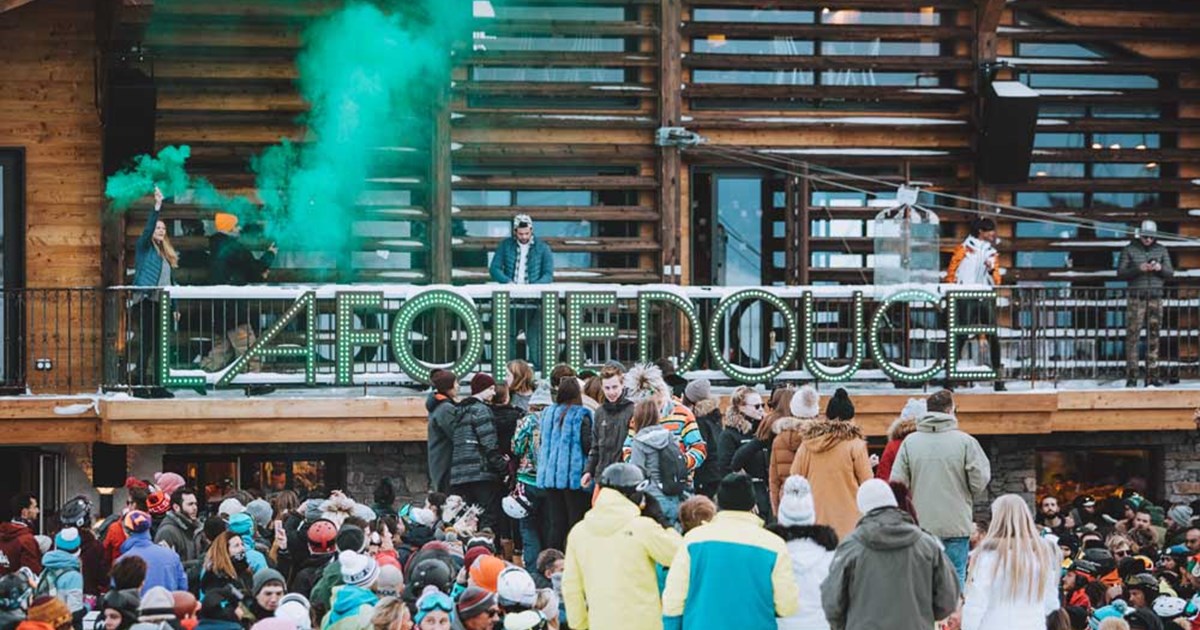Photo: Daniel D. Snyder/Volodymyr Krasyuk/MaxFX/Shutterstock.com
Shooting the breeze about the ski industry, the great outdoors and general gossip from the Doorstep Skis HQ in Morzine, France.
Sunday, April 28, 2013
Summit of Mt Blanc to the Church in 32 mins!!
Nicolas Anthonioz and Sébastien Bron just made full use of recent conditions and rattled the biggest vertical ski drop? in the Alps in 32mins. Blimey! Thats moving. Read on..
Friday, April 19, 2013
The Future of Skiing
As ski season wraps up, Outside mag asked 10 big guns to predict the future of the sport
Twenty-five years ago, skiing was a different
beast. Skis were straight and narrow and long … really long. Helmets,
Gore-Tex jackets, Alpine Touring gear and thermomoldable liners weren’t
even a glimmer in the skier’s eye. Ski movies involved a lot of hang
gliding, train-jumping, and moguls. Resorts didn’t have gladed runs,
side country wasn’t a concept, and the only helmet cam was a full sized
VHS video recorder duct taped to a hockey helmet. Global warming didn’t
exist as far as any of us knew. The Internet didn't exist. And freestyle
skiing meant you did snow ballet.
In 25 years, the world has changed enormously, and with it skiing. What will the sport look like 25 years from now?
As ski season 2013 wraps up, we turn to 10 of the ski
industry’s visionaries, luminaries, and legends, from athletes to gear
designers to filmmakers to snow activists. We asked them to gaze into
their crystal balls and tell us what they see for skiing a quarter
century from now. Here are their bold—and ooccasionally
wacky—predictions for 2038. Read on...
Sunday, April 14, 2013
7 Surprising Facts About Ski Deaths & Injuries
- The average skier death in CO is a thirty-seven years old experienced male skier wearing a helmet who loses control on an intermediate, groomed run and hits a tree.
- The majority of deaths — 54 percent — occurred on blue, groomed runs, while 31 percent were on expert trails.
- The increase in the number of people who wear helmets hasn’t resulted in fewer fatalities. Helmets are designed to protect riders at about 12 mph, while a skier or snowboarder who collides with a tree or another rider is typically going 25 to 40 mph.
- More than 80 percent of ski deaths in Colorado are men.
- Last season, 54 skiers and snowboarders died at ski areas within the U.S., which saw a total of 51 million ski visits, according to the National Ski Areas Association.
- Researchers at Johns Hopkins recently estimated that about 600,000 people nationally are injured each year as a result of skiing and snowboarding.
- Estimates are that about two injuries occur per 1,000 skier visits — a decrease of 50 percent since the mid-1970s.
Tuesday, April 9, 2013
Mountain Clean Up
While there are numerous impacts to the environment caused by skiing, perhaps one of the most disturbing is the litter that is left scattered all over our mountains once the snow melts.
The ease with which this could be avoided through people simply respecting the area and holding onto their rubbish is always disappointing.Yodel Mag in Morzine spoke to Mountain Riders about thus ongoing issue...Read on..
Thursday, April 4, 2013
Air passengers charged by weight
Interesting- could this be the future of skiers heading to the Alps?
The head of Samoa Air has defended the airline's decision to start charging passengers according to their weight.
Chris Langton told Australia's ABC Radio that it was "the fairest way of travelling". Rather than pay for a seat, passengers pay a fixed price per kilogram, which varies depending on the route length.
Samoa Air flies domestically and to American Samoa. It is thought the move could encourage other airlines to introduce similar policies.
"Airlines don't run on seats, they run on weight, and particularly the smaller the aircraft you are in the less variance you can accept in terms of the difference in weight between passengers," Mr Langton told ABC radio.
Chris Langton Samoa Air bossPeople generally are bigger, wider and taller than they were 50 years ago”
"Anyone who travels at times has felt they have been paying for half of the passenger next to them."
Under the new model, Mr Langton described how some families with children were now paying cheaper fares. "There are no extra fees in terms of excess baggage or anything - it is just a kilo is a kilo is a kilo," he said.
Air Samoa's rates range from $1 (65p) to around $4.16 per kilogram. Passengers pay for the combined weight of themselves and their baggage.
Mr Langton also suggested that the move had helped promote health awareness in Samoa, which has one of the world's highest levels of obesity.
"People generally are becoming much more weight conscious. That's a health issue in some areas," he told ABC Radio.
Mr Langton said he believed that charging by weight was "the concept of the future."
"People generally are bigger, wider and taller than they were 50 years ago," he said. "The industry will start looking at this."
Subscribe to:
Posts (Atom)
-
A recent spate of avalanche deaths near ski resorts sparked a flurry of media reports, many declaring that so-called sidecountry skiing is b...
-
The Great British snowboarder cross team spends their winter season training in Morzine each year. Snowboarder cross is a ra...
